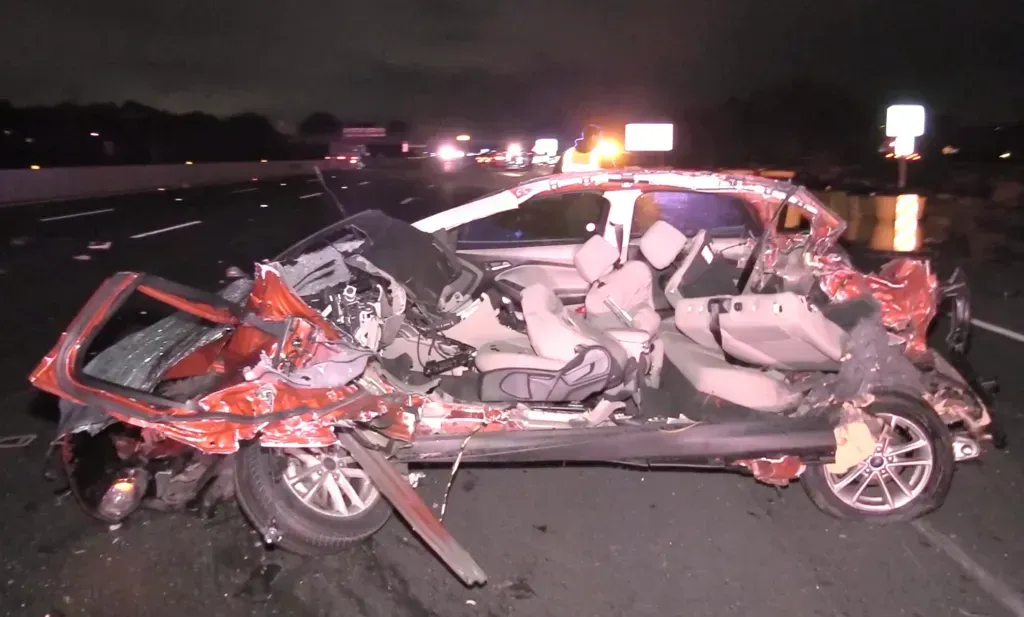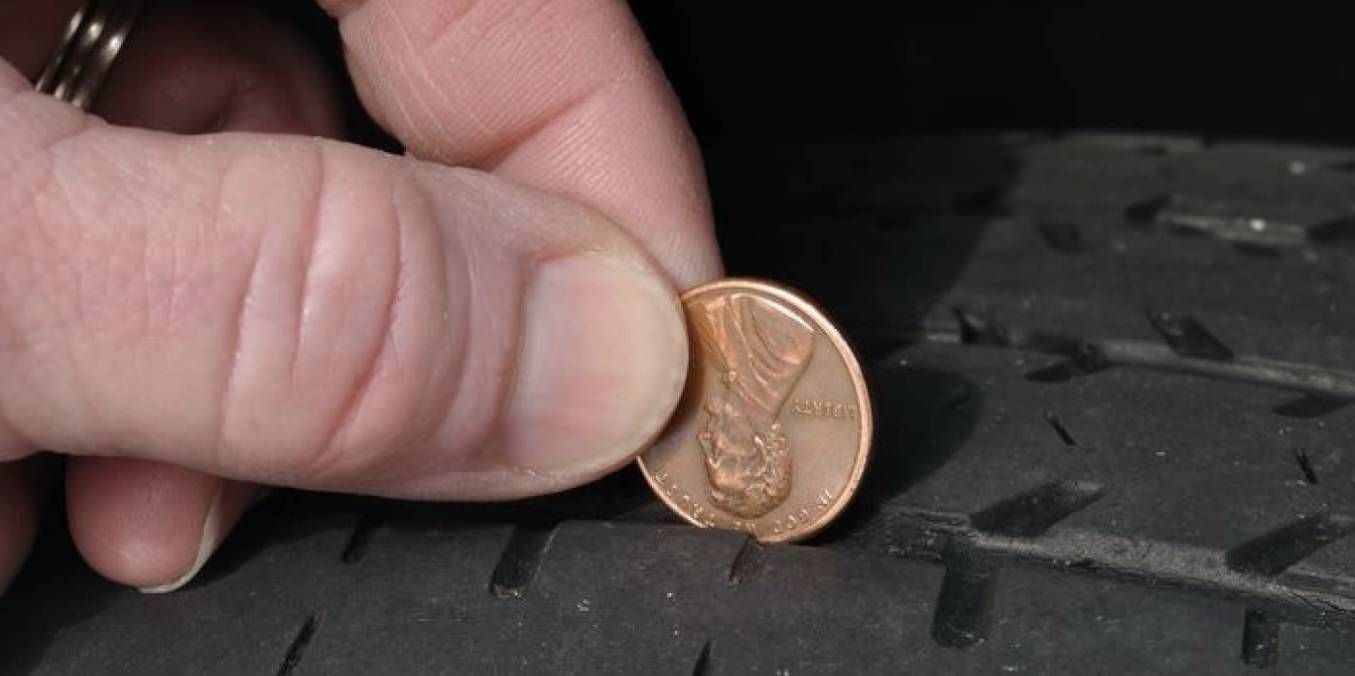First Aid Kits: What You Need To Have On-Hand
We’ve mentioned before that good and complete First Aid Kits should be a staple of your automotive travel. You may not ever need to use yours, but this is a case where you really can’t afford to be without one. With these, having more in those kits is probably a wise choice, too, so lets review what first-responders commonly advise and have worked with companies to promote1:
- Bandages: included in this category, we’re including triangular bandages which may be employed as an arm sling, a head dressing, a compression tourniquet, or a split covering. Obviously, an assortment of various smaller bandages for minor cuts are included, too.
- Compression Bandages: we’re breaking this out as a separate item as they have a very specific application: control of inflammation or swelling.
- Adhesive Tape + Scissors: these are needed to secure wound dressings or bandages to prevent their falling off or dislocation.
- Gauze + Non-Adherent Gauze Pads: having 1-2 roles gauze on-hand is a wise idea to be able to wrap limbs or appendages, and gauze pads may be used to dress wounds after treatment. We’ll also include eye pads in this category.
- Latex or Nitrile Gloves: if you’re administering first aid to someone, it’s always important to keep yourself safe from infection. Latex gloves (nitrile if you have a latex allergy) will protect you from any infectious pathogens which might compromise you.
- Hand Sanitizer: recent public health events have made us all a lot more conscious of how clean hands can prevent the unwanted spread of disease-causing agents.
- Tweezers: these are definitely must-haves for the removal of splinters or any debris that might penetrate flesh.
- Saline Wash for Eyes or Wounds: splashes of noxious compounds to the eyes can blind you. Likewise, debris ejected into the eyes may cause permanent visual impairment. Having saline on-hand can prevent damage to the eyes or blindness. Saline is also indispensable for the cleaning of wounds, so having an ample supply on-hand is a wise practice.
- Triple Antibiotic Ointment: open wounds may easily and quickly become infected, and infection, left untreated, can lead to sepsis and septic shock. Being able to adequately disinfect wounds goes hand-in-hand with keep them clean and well-irrigated.
- Fresh Hydrogen Peroxide: hydrogen peroxide rapidly degrades in the presence of open wounds, giving off oxygen free radicals that can effectively disinfect wounds, particularly deep ones. Beware! Hydrogen peroxide degrades in the bottle, too, so make sure yours in FRESH!
- Antiseptic Wipes: are also good for cleaning and disinfecting injuries prior to administration of topical agents such as #6.
- Burn Cream/Gel: burns may continue to cause damage after the initial burn events. It is important to minimize damage and reduce tissue inflammation as quickly as possible to avoid infections.
- Instant Cold Packs: these may also help reduce tissue damage and swelling following burns, bites, or injuries that result in swelling.
- Anti-Inflammatories + Medications: both oral (NSAIDS such as aspirin, acetaminophen, or ibuprofen) and topical (topical cortisone and calamine) agents are useful to have. Dramamine, antihistamines, and cold and flu medications are also handy.
We at Ditmire Motorworks are committed to your safety and wellbeing! We hope that you find this list helpful, and we’d like to suggest the following weblinks for your first aid needs:






